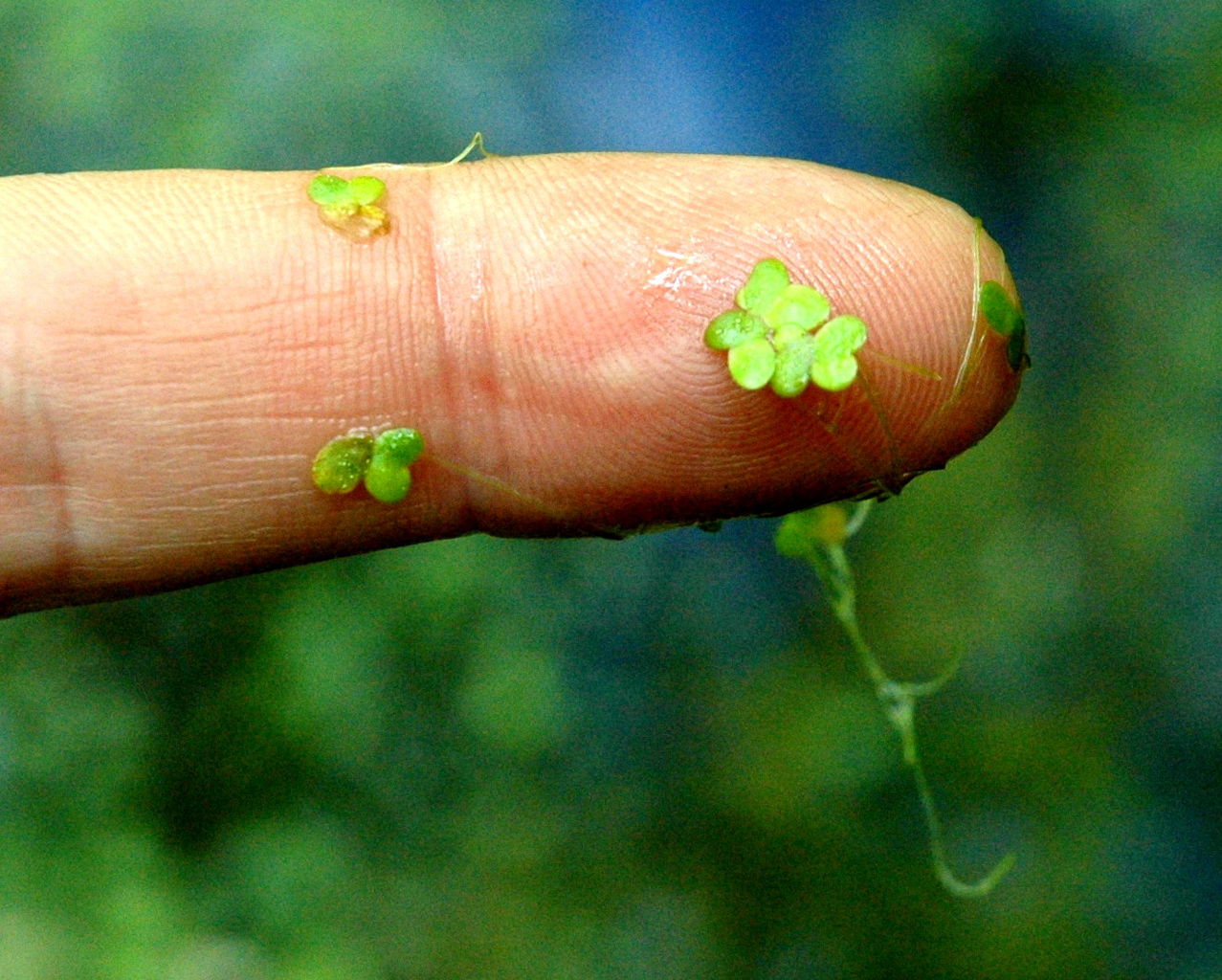By: Tania Siemens, Kayla-Maria Martin, and Noelle Moen
In the 1800’s, the dense trees and green hills landscape of Oregon were a reminder to a group of monks traveling from Engelberg, Switzerland of their own home country. In 1882, they were inspired to the founding of Mt. Angel Priory, and eventually went on to establishing a college and seminary. Yet, because the monks came from Switzerland, they were seemingly adept in dairy making. Nearly half an hour from the abbey and below the Cascades they built a milk ranch, where they excelled in cheese and milk production. The profits from the milk ranch were used to help provide for the monks and their work.
After nearly 50 years of dairy work, the land was converted to a working forest with now an outstanding reputation for sustainable practices. Owning nearly 2,600 acres of land, it was important to the monks to care and manage the land their milk ranch formerly sat on. Understanding that the growth of a healthy forest is best when managed, the monks designed a sustainable tree plan and converted their milk ranch to a tree farm. The sales for timber cuts continues to help provide for the work and support of Mt. Angel Abbey today,, whereas many folks from around the world have come to visit and learn.
Yet sitting in tranquility, the former dairy house, and church built by the first monks on the now tree farm are used today as a retreat for Mt. Angel Abbey priests. Father Plasker of Mt. Angel Abbey, invited our WISE team along with Glenn Ahrens (Forester at Clackamas County Extension), and Derek Godwin (Regional Administrator in Outreach and Engagement) to the monk’s retreat house as they face an invasive species dilemma of their own, Lemna minor or duckweed. Our team came in to assess the impact of this aquatic plant invading one of their serene ponds for the past five years.

Lemna minor, or commonly known as duckweed. Photo Credit: Wikimedia Commons
Across the green watered pond, duckweed was scattered in large patches and at times we were told it completely covers the surface. Often, duckweed is a present sign of high phosphates or nitrogen nutrients, and there exists multiple possibilities as to how this invasive species case established.
Introduction could be due to birds such as ducks or geese migrating, or the equipment from a dredging project five years ago. Yet, there are a variety of scenarios to consider why the duckweed is thriving. It is possible that the dredging project may have stirred up phosphate and nitrogen nutrients buried in the sediment from when the land once held cattle. Another scenario is that the nutrients may be coming in from the small springs feeding the pond. Glenn Ahrens made note of a healthy riparian forest of mostly Douglas fir, but at one end of the pond is a significant patch of Alder. Alder as a nitrogen fixer could be contributing a significant amount of nitrogen to the pond through the soil and water around its roots.
We shared these scenarios with Father Plasker, and offered several solutions to aid their duckweed dilemma. If you happen to be facing a duckweed dilemma of your own, perhaps the following solutions may be of use to you as well!
Possible solutions:
- Although labor intensive and time consuming, manual removal of the duckweed can be the most effective removal solution. Because duckweed is high in nutrients, removing the plant can help remove these nutrients from the pond system and prevent the growth of additional duckweed. This along with increased water circulation and reducing additional inputs of nutrients would be the most ecologically friendly solution.
- Consider testing the water to discover whether the high nutrients are coming from nearby springs or the sediment.
- If the nutrients are coming from the sediment and soil, the pond can be lined (expensive, but very effective).
- If nutrients are coming from the springs, installing high-quality aerators or pond bottom circulators can help move and further oxygenate the water. This can increase biological activity, such as zooplanktons that consume algae.
- When the duckweed is removed, it is possible that other plants and algae may take advantage of its absence. To reduce this possibility, you can install barley bales. The exact mechanism is poorly understood, but it seems that barley straw, when exposed to sunlight and in the presence of oxygen, produces a chemical that inhibits algae growth. It is important to install the barley bales before a major algae bloom as a preventative measure.
- Lastly, we talked about the possibility of felling one of the Douglas fir trees (not cedar) near the pond and to extend it a short distance into the water. As a natural feature, fallen logs can be aesthetically pleasing, enhance wildlife habitat, and will provide a substrate to promote the growth of beneficial microorganisms such as
Invasive species scenarios can be a tricky case to understand. Constantly, there are multiple pathways in considering the drivers that introduce invasive species, and numerous reasons in considering as to why they may successfully establish. The duckweed dilemma the monks of Mt. Angel Abbey face at their retreat is only one of several cases, yet with much dedication, effort, and time solutions can be effective. But, it is always important to consider when it comes to invasive species….Prevention is the best option!
Much thanks to Father Plasker for inviting our team in allowing us to help with their duckweed dilemma!





Good work with an important and respectedoutreach community.An ethic of stewardship and conservation is a perfect coupling to the rich history and heritage of the Mt Angel Abbey.
Composting the invasive duckweed or using it as feed for poultry make the labor intensive removal meaningful.
Thanks Sam! Great idea on composting or use as feed!